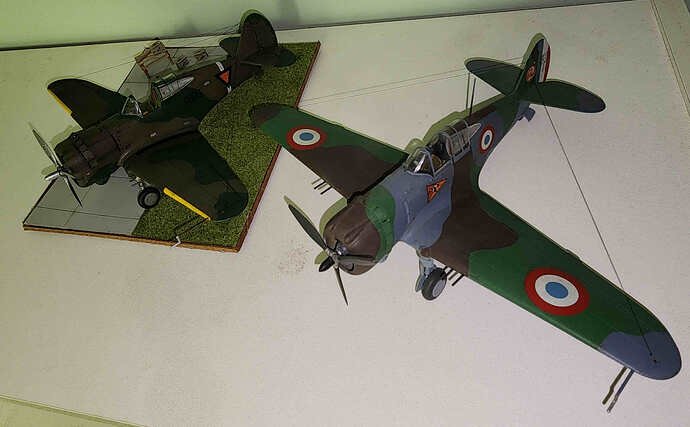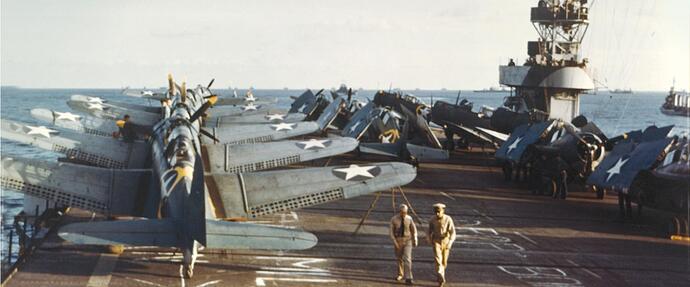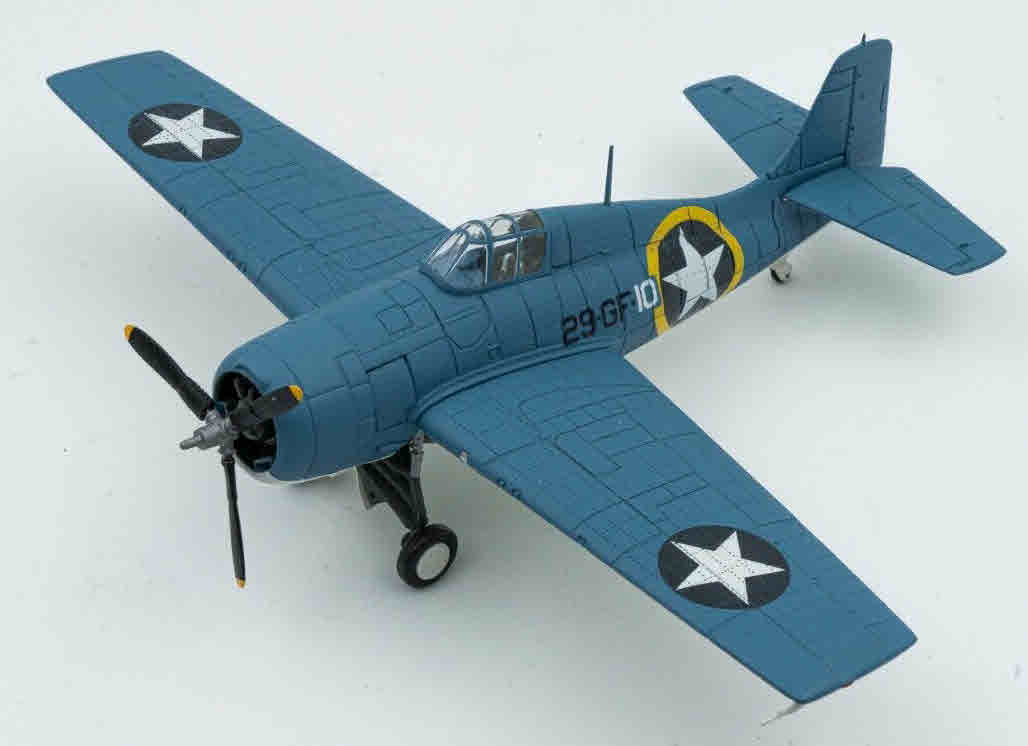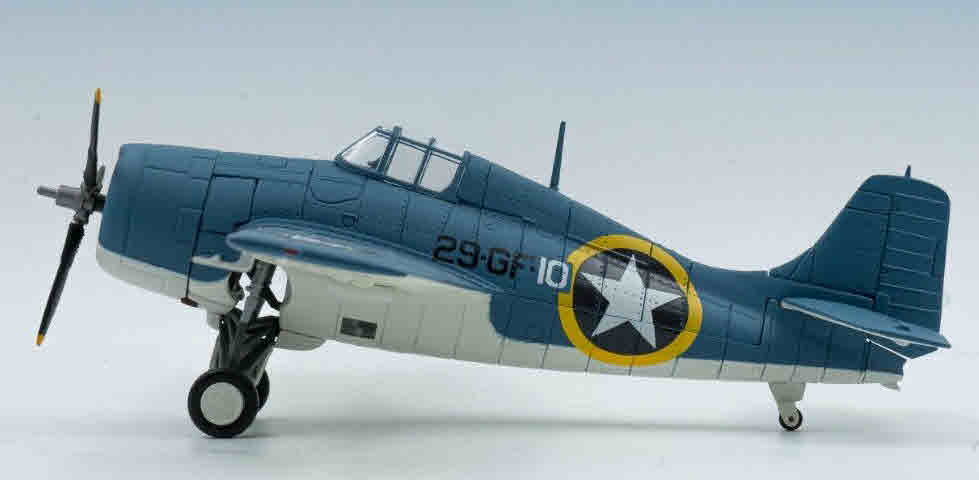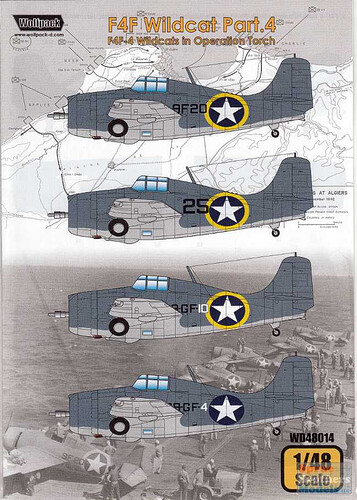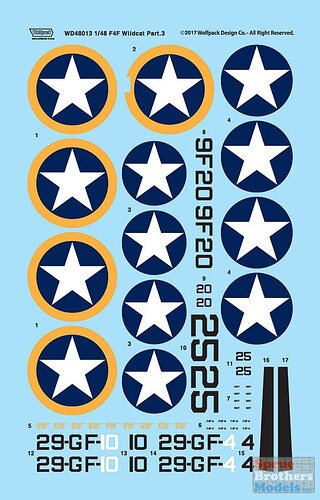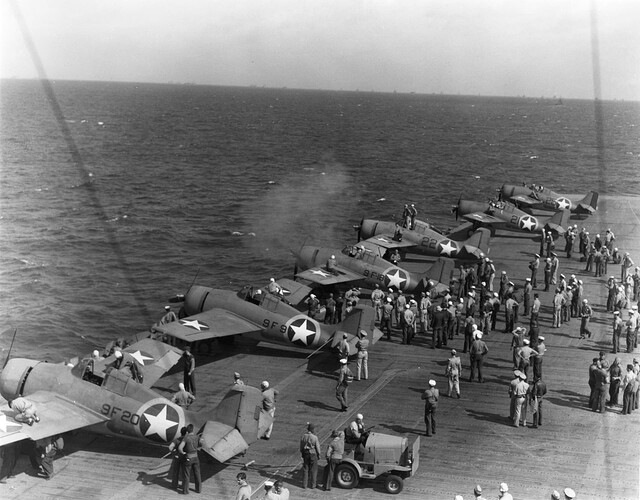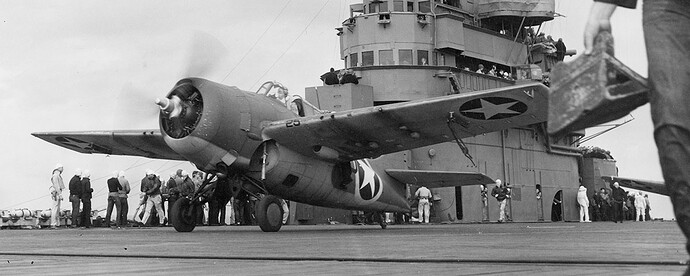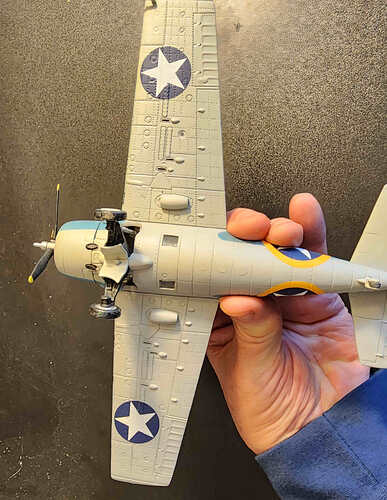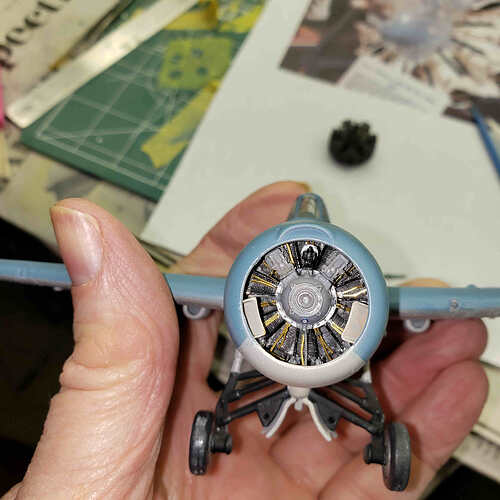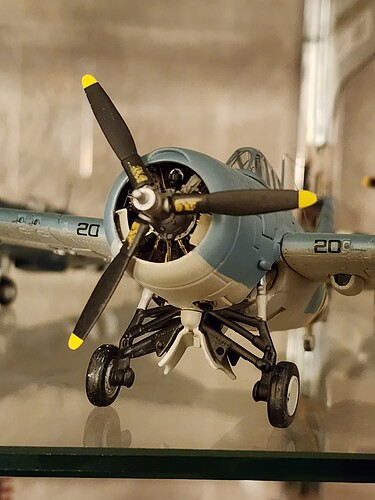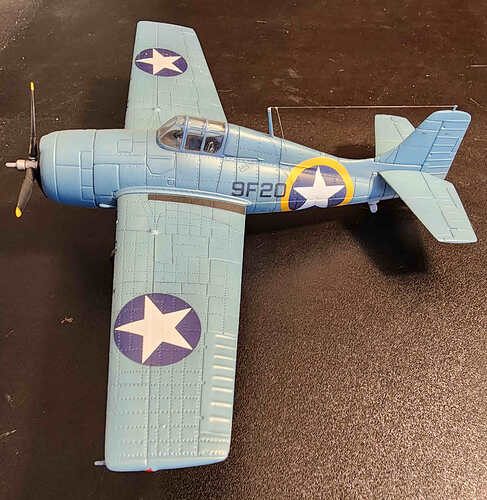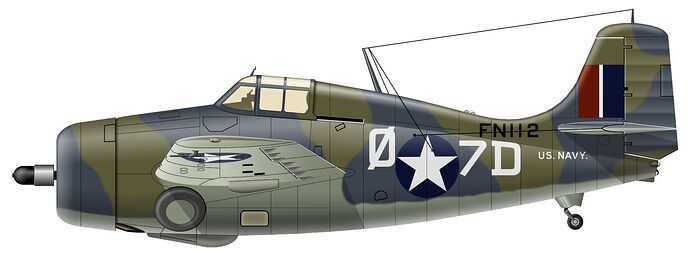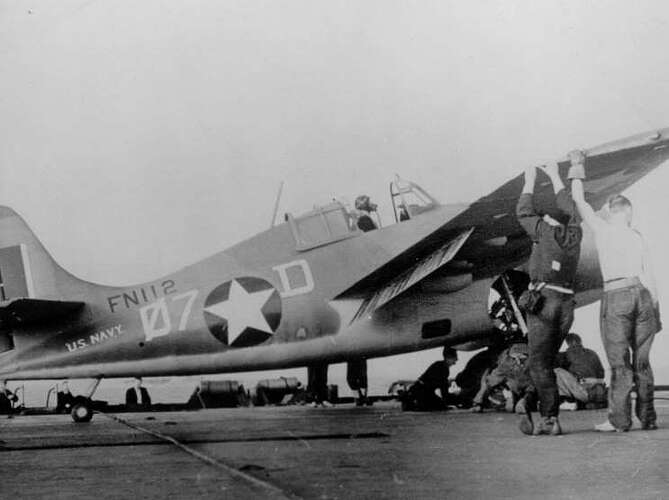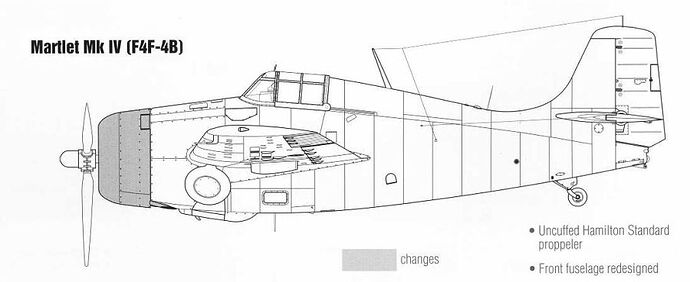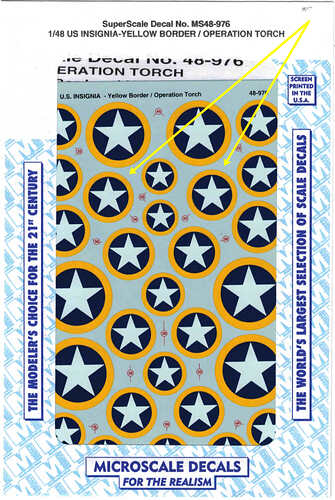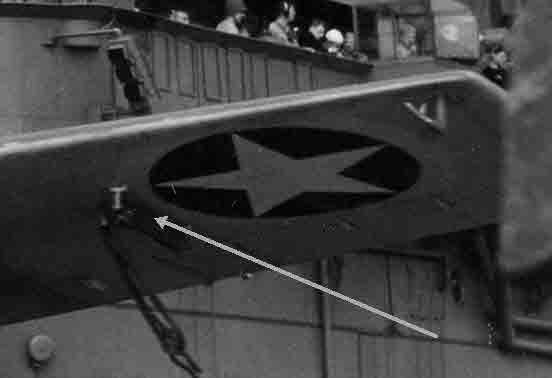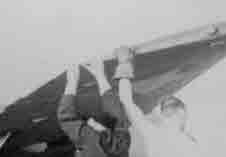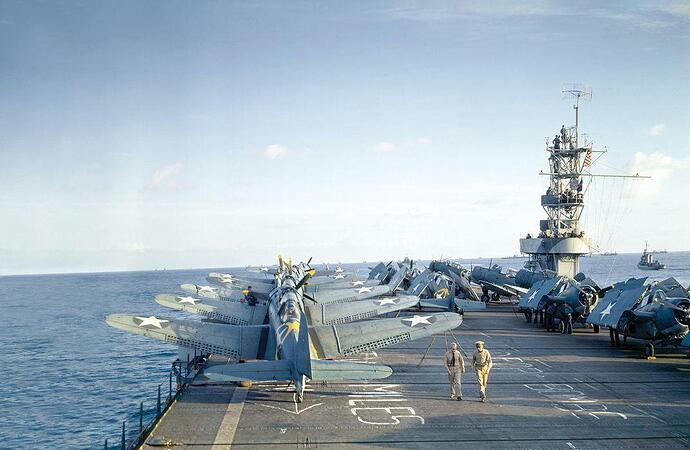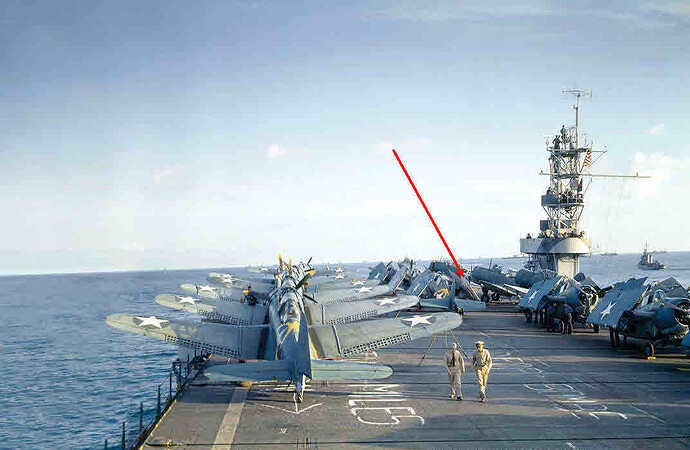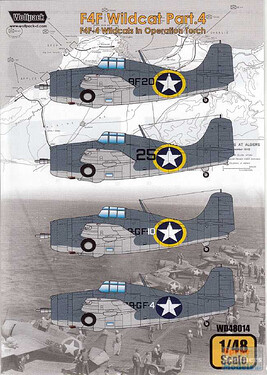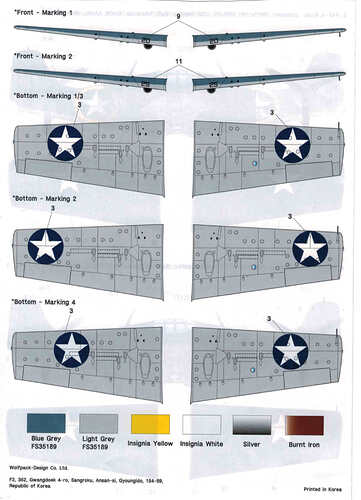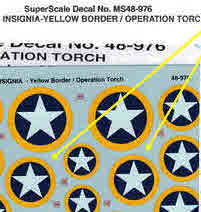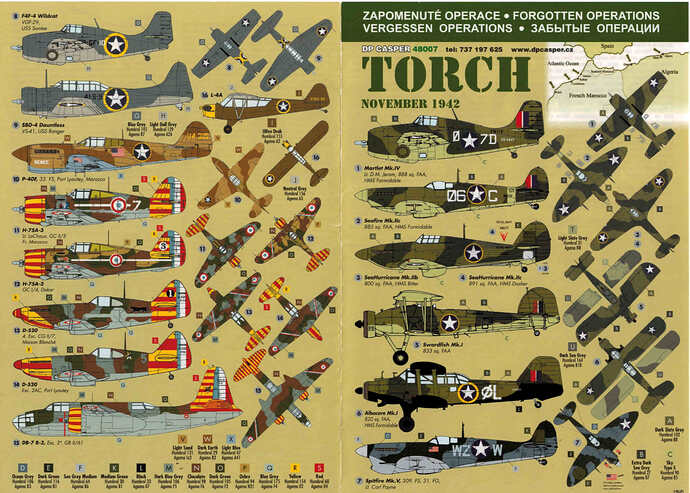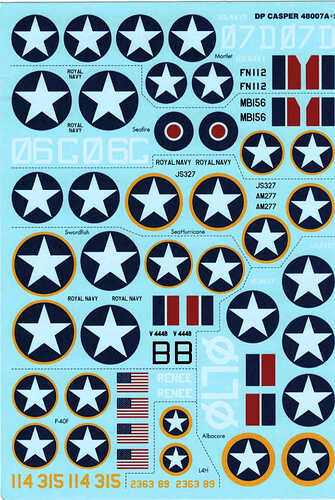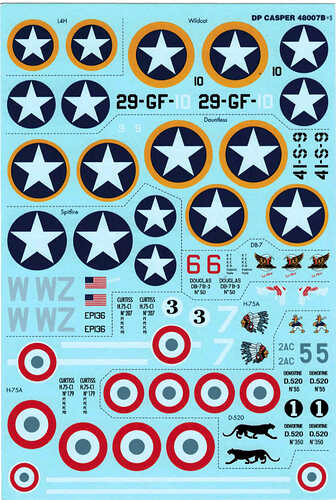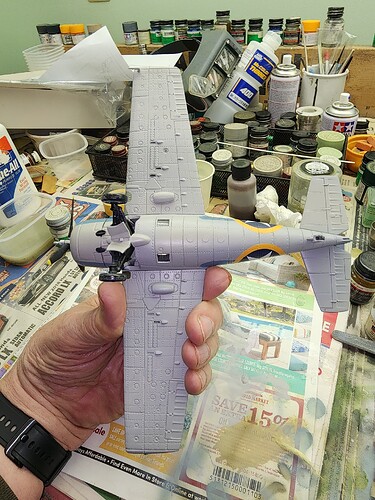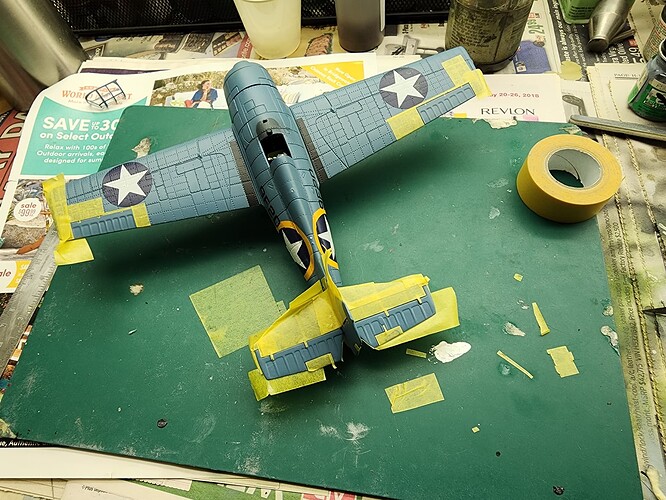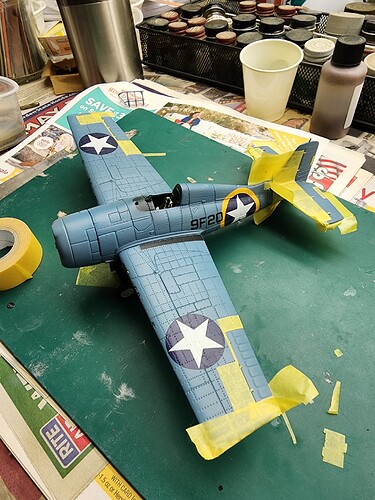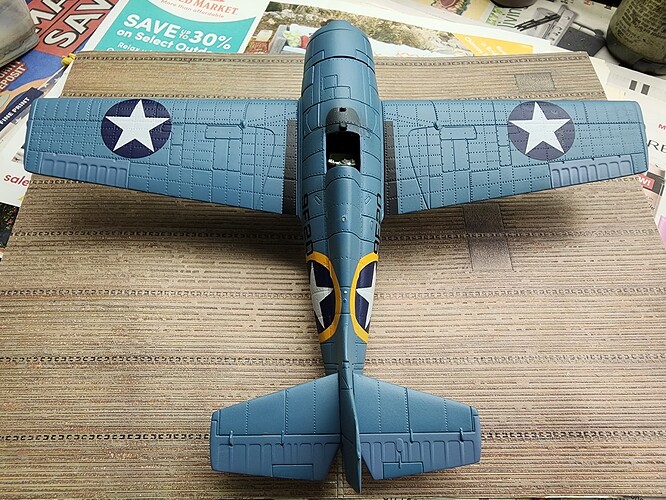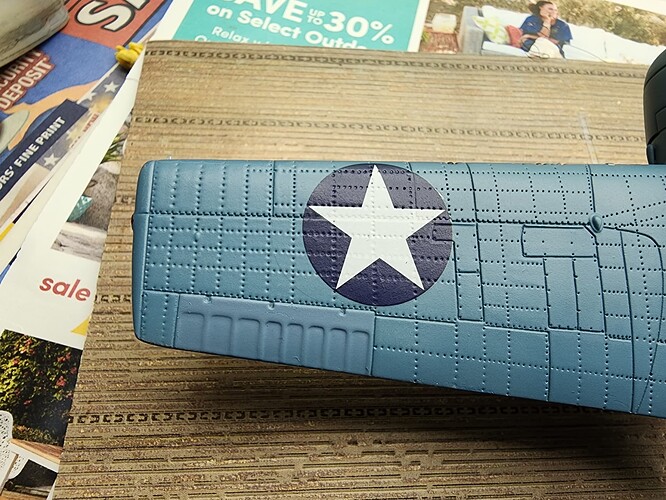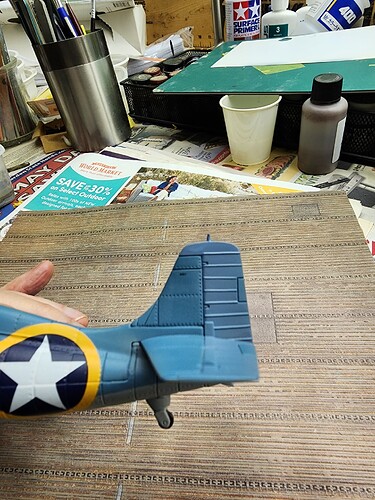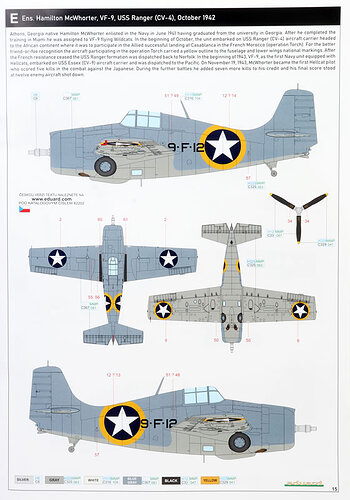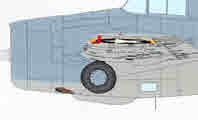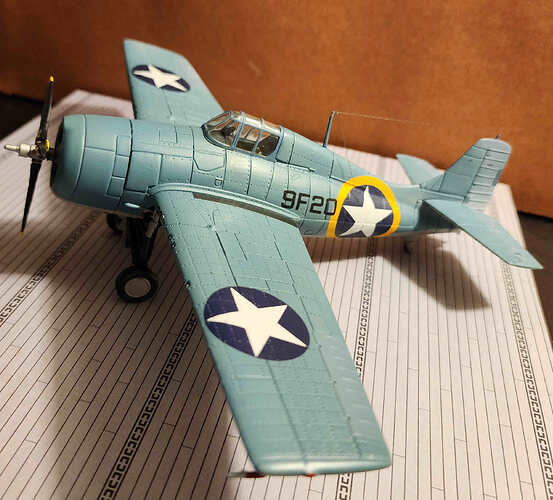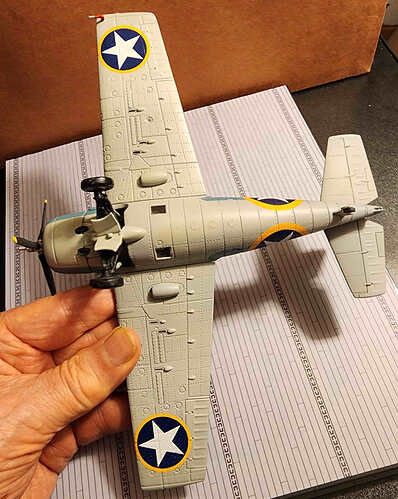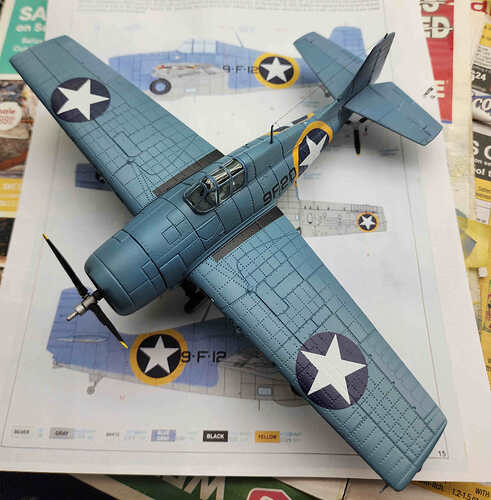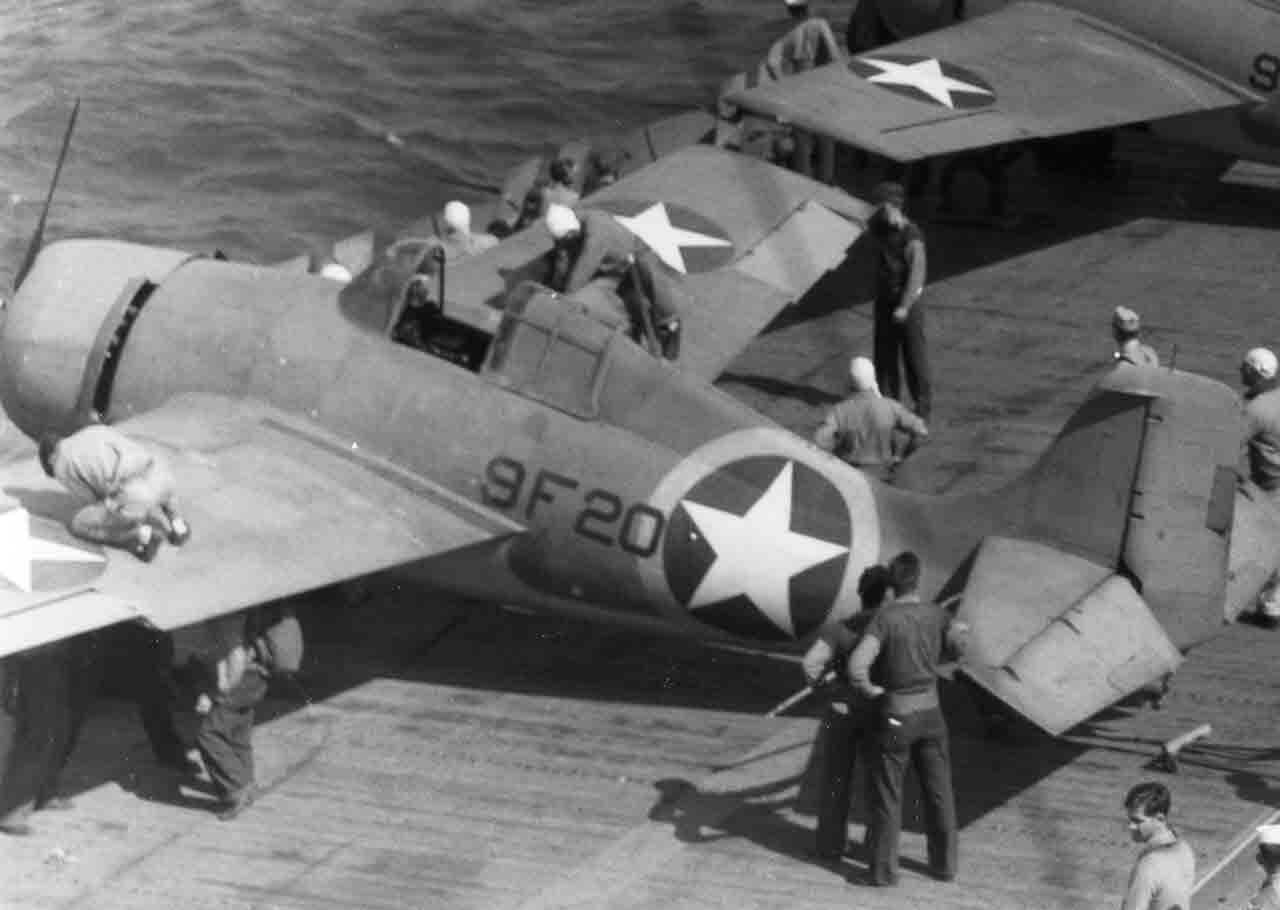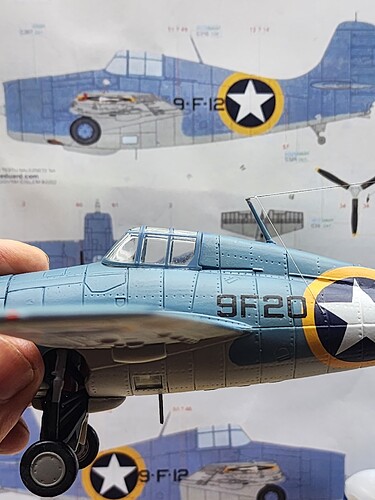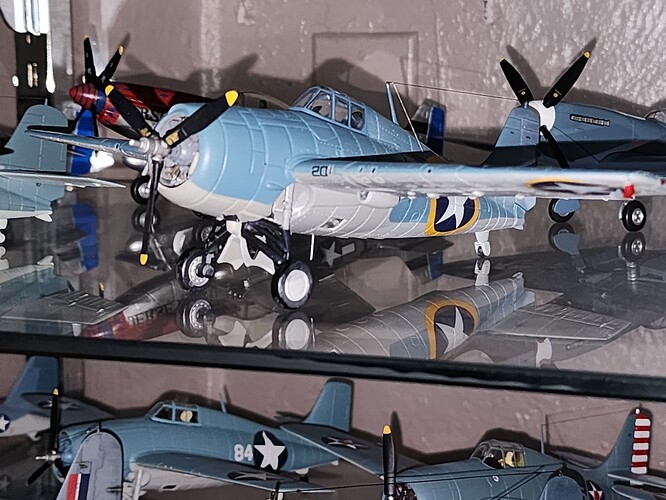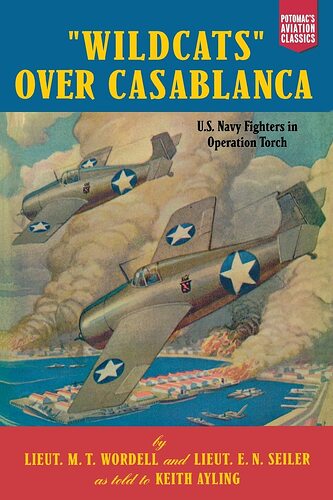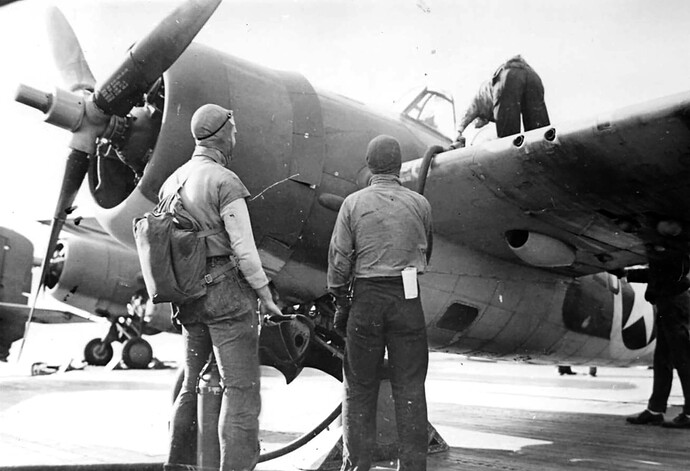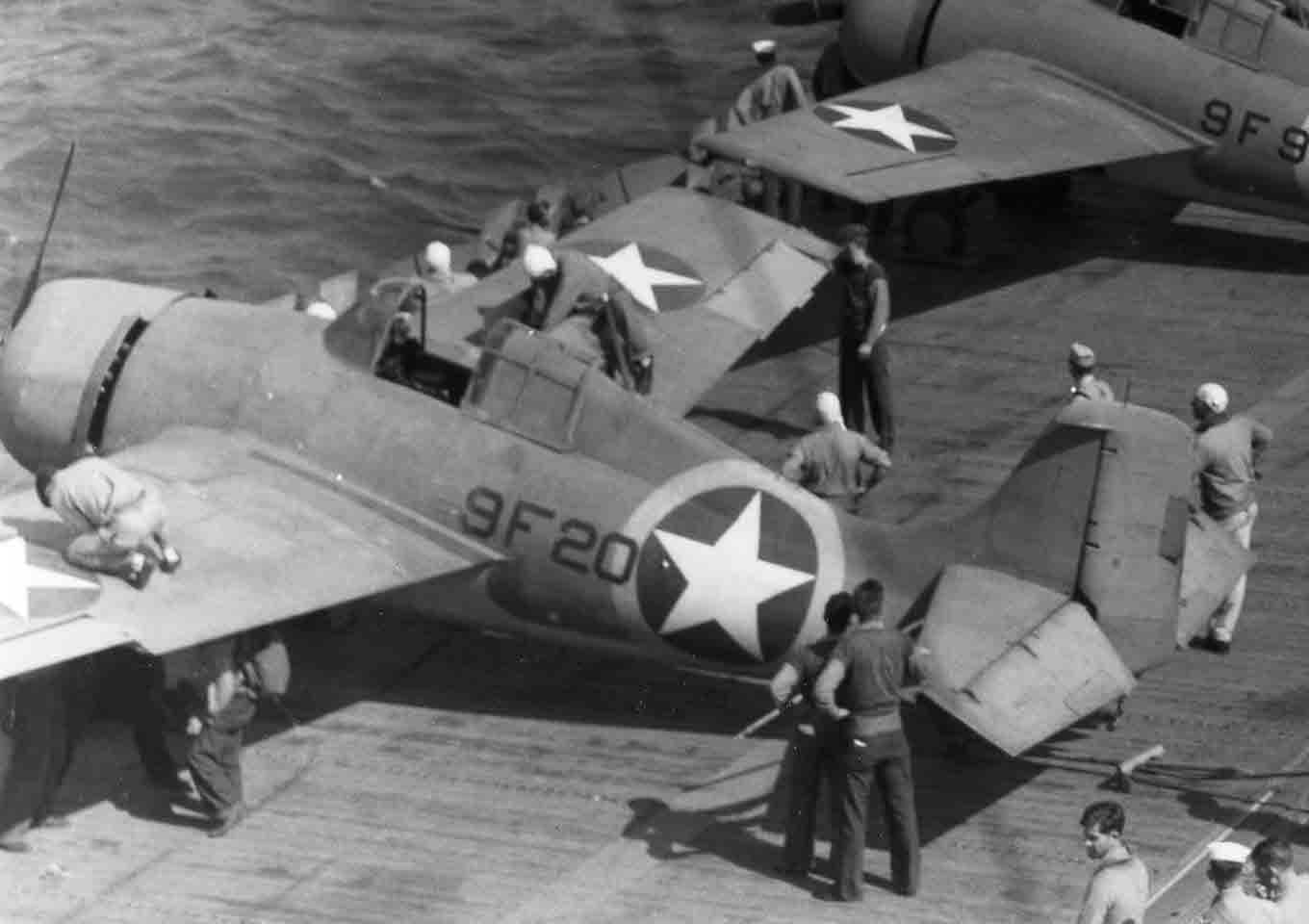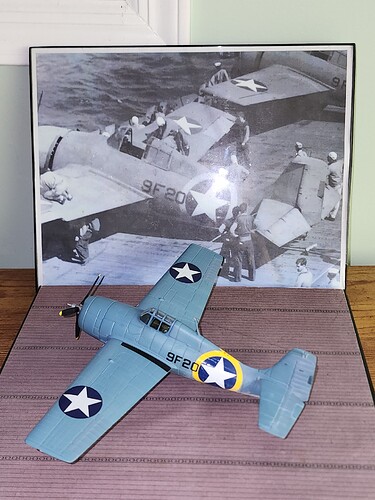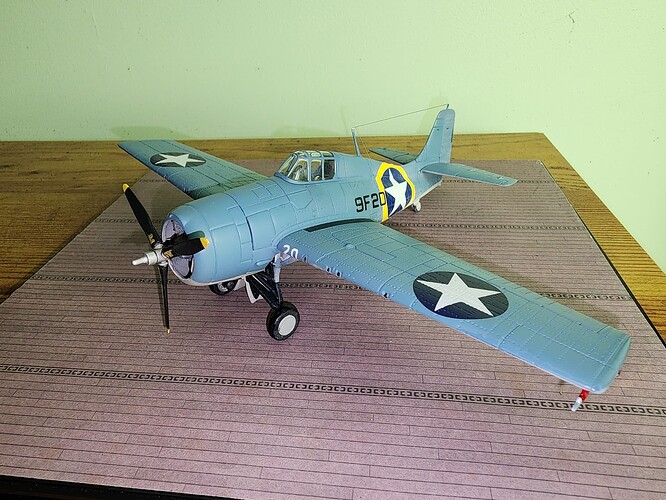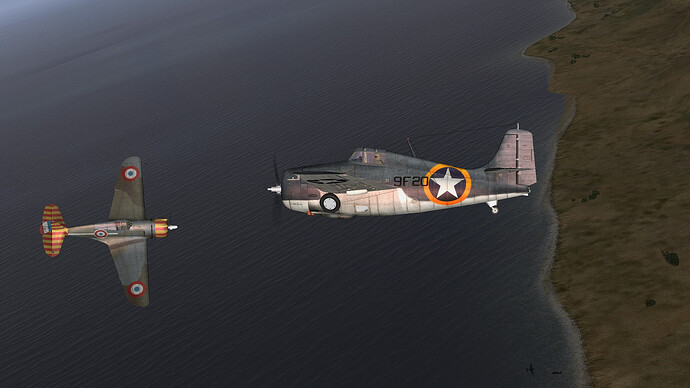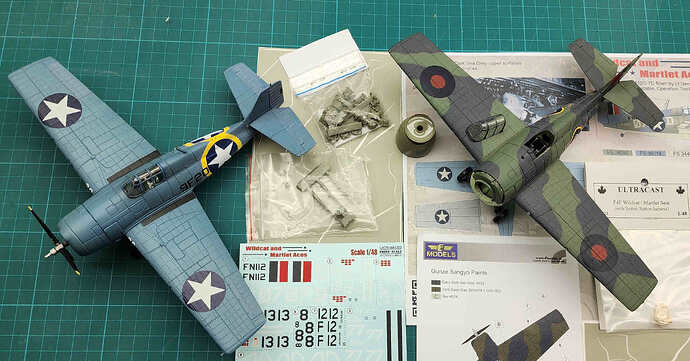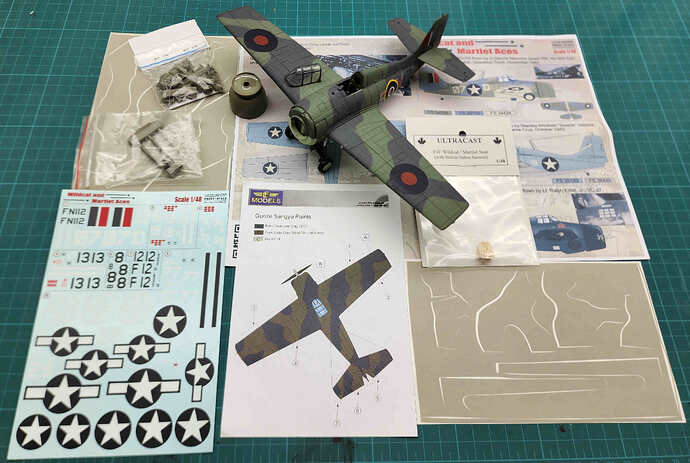Those who have been on Aeroscale for a while know I have an occasional presence here other than chronicling the Luscious Lady build, which, to my horror, has now gone on for a solid nine years (04/21/2014). (What was I thinking?).
The same folk e.g. (RDT1953) also know that I have this quirk of accurizing diecast models, based on the fallacious notion that it is somehow easier than building injection kits from scratch. Indeed, my insecurity about this has even prompted me to try and fool others here into thinking that my work was on an injection kit. See Mystery Model! Boyington’s AVG Curtiss Hawk.
Finally, my personal history as a former Curtiss-Wright employee has created a perverse desire to see Pratt & Whitney R-1830 engined aircraft, Curtiss and otherwise, re-engined with the venerable Wright R-1820 Cyclone. See H.G.'s CURTISS MOHAWK IV in 1/48 by “Must Have” in KNIL Leaf and this:
A few years ago, I acquired a couple of Franklin Mint diecast models of Grumman “Wildcats” The first was an F4F-4 flying off the USS Santee (ACV-29) during Operation Torch.
I liked the subject but the model was disappointing. Dimensionally, it “looked right,”
but I was disappointed to see that the undersurface looked more like non-specular white than the light grey it should have been.That was “Unsat,” a phrase common from my own Navy service in the 1970s. Also, I had some questions about the placement of the national insignia on the wings, which looked a little “off” to me on the top. (Maybe, maybe not).
The insignias on the bottom were definitely wrong. [Ah, famous last words, see next post!] ![]()
Finally, the air intakes inside the lower cowling were comically misaligned, and the kit engine sadly needed an upgrade.
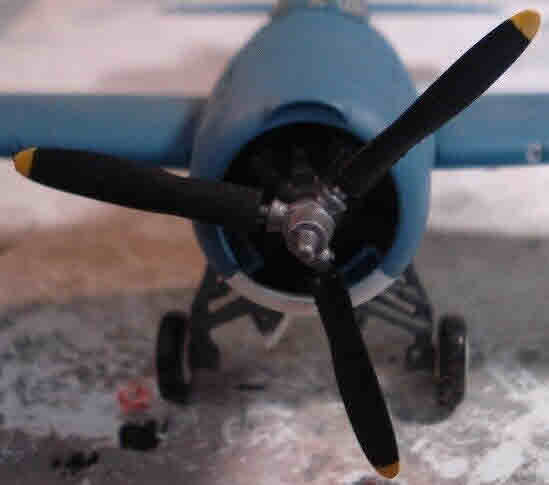
In the next post, I’ll show you briefly what I did the fix the Torch F4F-4 and then move on to the next to-be-started project, a Torch FAA Martlet.
